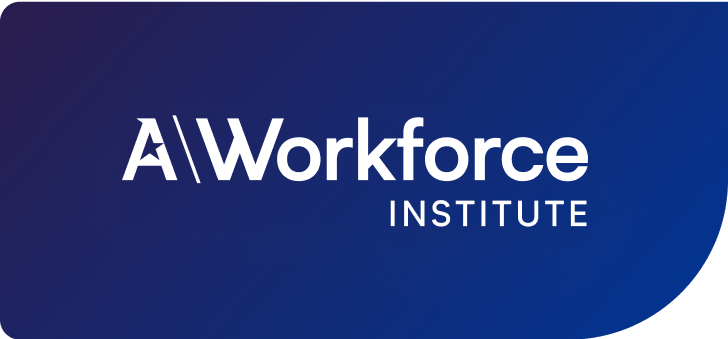17 questions to ask about your employee recognition strategy
Updated on January 6, 2023

This resource is brought to you by:
Topics Covered:
Rewards and recognition
Although it’s well established that when employers get employee recognition right, they tend to have more engaged employees who are less stressed and more loyal, the function of HR continues to bear the burden of establishing and maintaining cross functional buy-in and support for recognition initiatives, often with limited budget and technology.
The good news for HR is that online recognition programmes have been around long enough that it’s clear some approaches are more effective than others.
The Achievers Workforce Institute (AWI) developed the following 17 questions which can be used as a starting point for HR and business leaders to identify and reflect on potential blind spots which may be hindering recognition success.
Each question represents a key area, underscored by research, for optimising and modernising workplace gratitude during times of heightened uncertainty and disconnection.
Why an employee recognition strategy matters
1. Frequent recognition drives employee engagement
Based on AWI research, the best practice for recognition frequency is to aim for at least one recognition per employee per month. This directly impacts employee engagement. According to the 2022 State of Recognition Report, respondents who are recognised monthly are 61% more likely to be highly engaged than those recognised quarterly.
2. Employees who feel recognissed are less likely to leave
Employees who say they are regularly recognised in a meaningful way are three times more likely to have high job commitment. In fact, Coborn’s retail and grocery chain used data from their Achievers programme to show that employees recognised at least three times a month were six times less likely to leave compared to those never recognised.
3. Productivity correlates strongly with recognition frequency
Productivity is hard to measure and impact, but AWI data shows that the more often people are recognised, the more likely they are to say they’re productive at work. Those recognised weekly are three times more likely to say they are the most productive selves at work compared to those never recognised.
The best way to drive recognition frequency is with an optimised recognition platform.
Four features of an effective recognition programme
1. Focus on quality and quantity
Infrequent and superficial recognition simply won’t have the necessary impact on belonging, engagement, resilience, or productivity. AWI recommends aiming for at least one recognition per employee per month. Reduce barriers to frequent recognition with a foundation of social, non-monetary recognition in a platform that is accessible and intuitive to use. Meaningful recognition must be specific, personal, and impact-oriented. The right recognition process can help individuals giving recognition think about these features and incorporate them into their message.
2. Ensure recognitions occur within the flow of work
Employees want to recognize in the places they already spend their time. For online workers sitting in front of a computer all day, that might mean using a platform that integrates with Teams, Outlook, Slack, or Zoom. For offline workers it means having a consumer-grade mobile app that is accessible and can be used anywhere, regardless of type of work or location. These factors will drive participation throughout the workforce.
3. Fuel with a proactive ongoing communication strategy
Regular training and communication about the platform will help drive awareness and adoption. An effective platform supports ongoing communications and campaigns to encourage usage and activity. In addition, look for technology with resources for managers and individuals to understand recognition best practices so they can better support organisational objectives.
4. Measuring success with metrics that matter to the business
While programme usage is a good initial metric for programme success, it doesn’t connect directly to business objectives. Advanced recognition programmes link recognition to business impact, such as engagement and retention. Compare recognition frequency to engagement survey results to understand how recognition can empower a wide range of business drivers.
Download the full resource

Join our mailing list
Stay up to date with the latest in workforce science from Achievers Workforce Institute.
